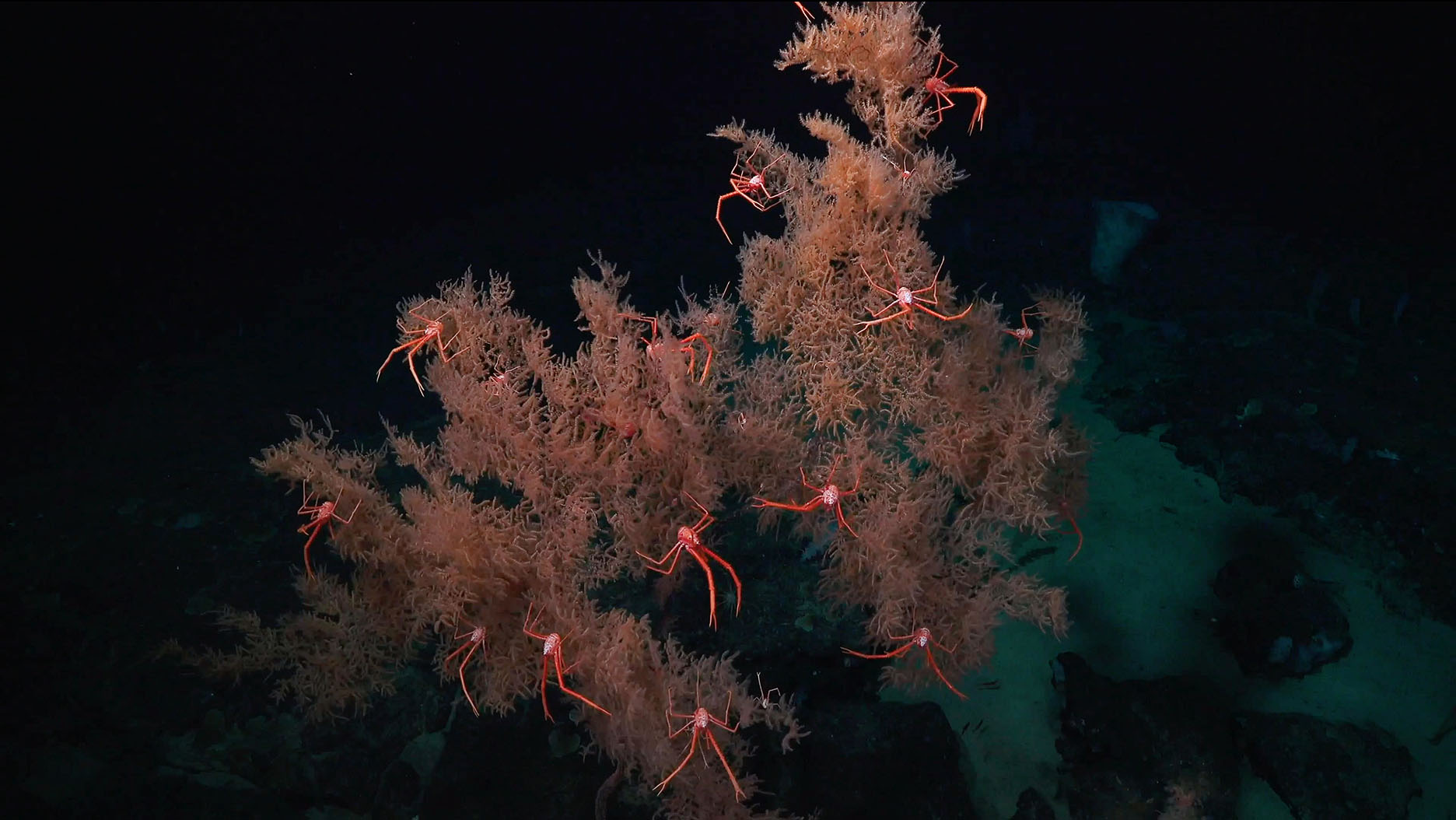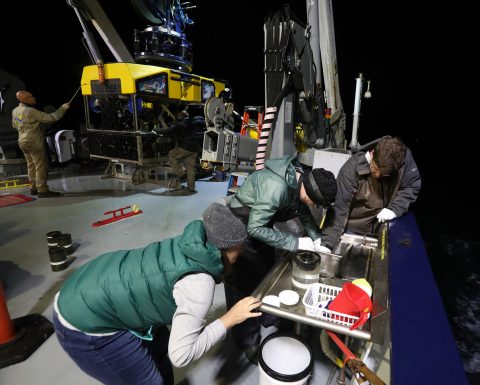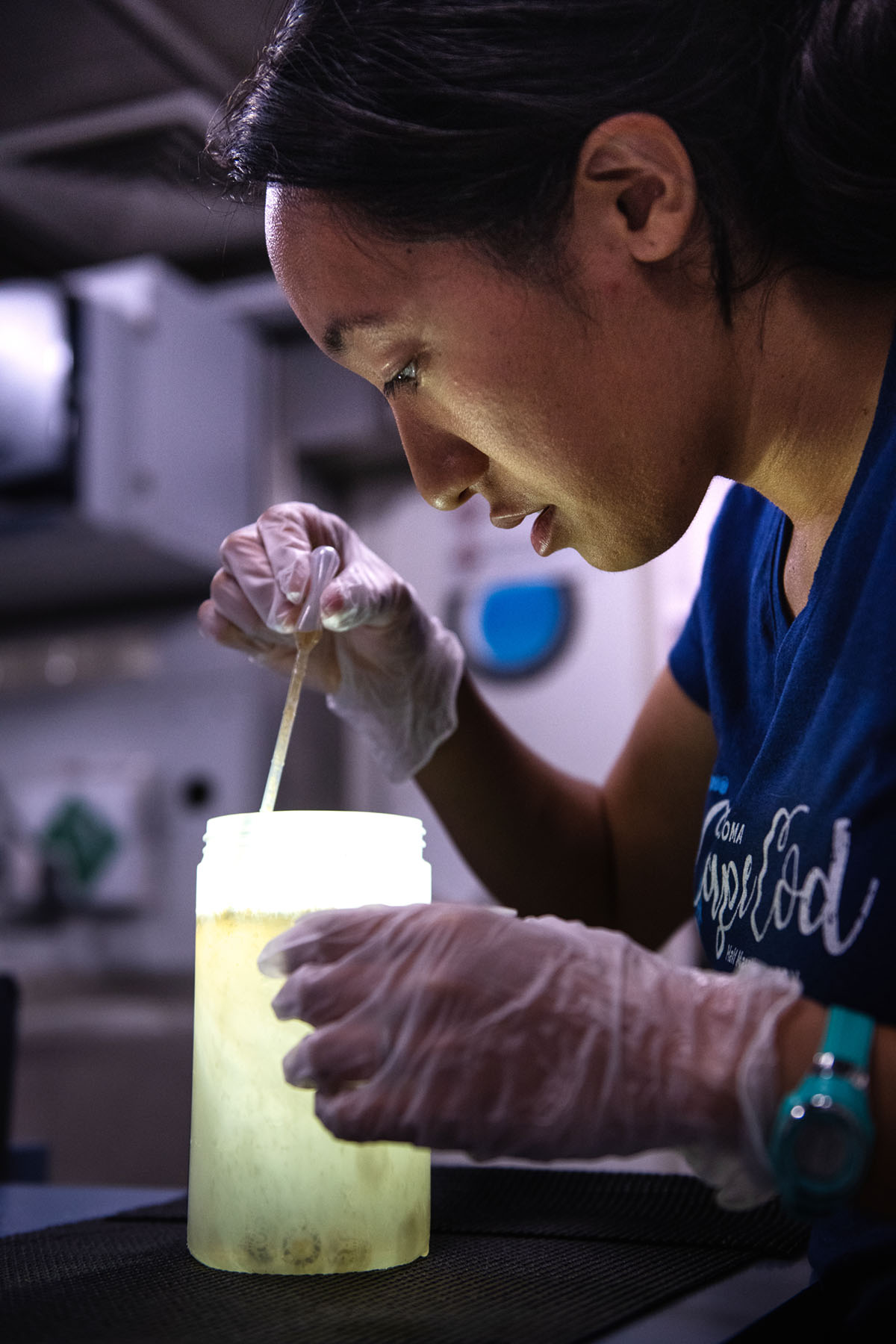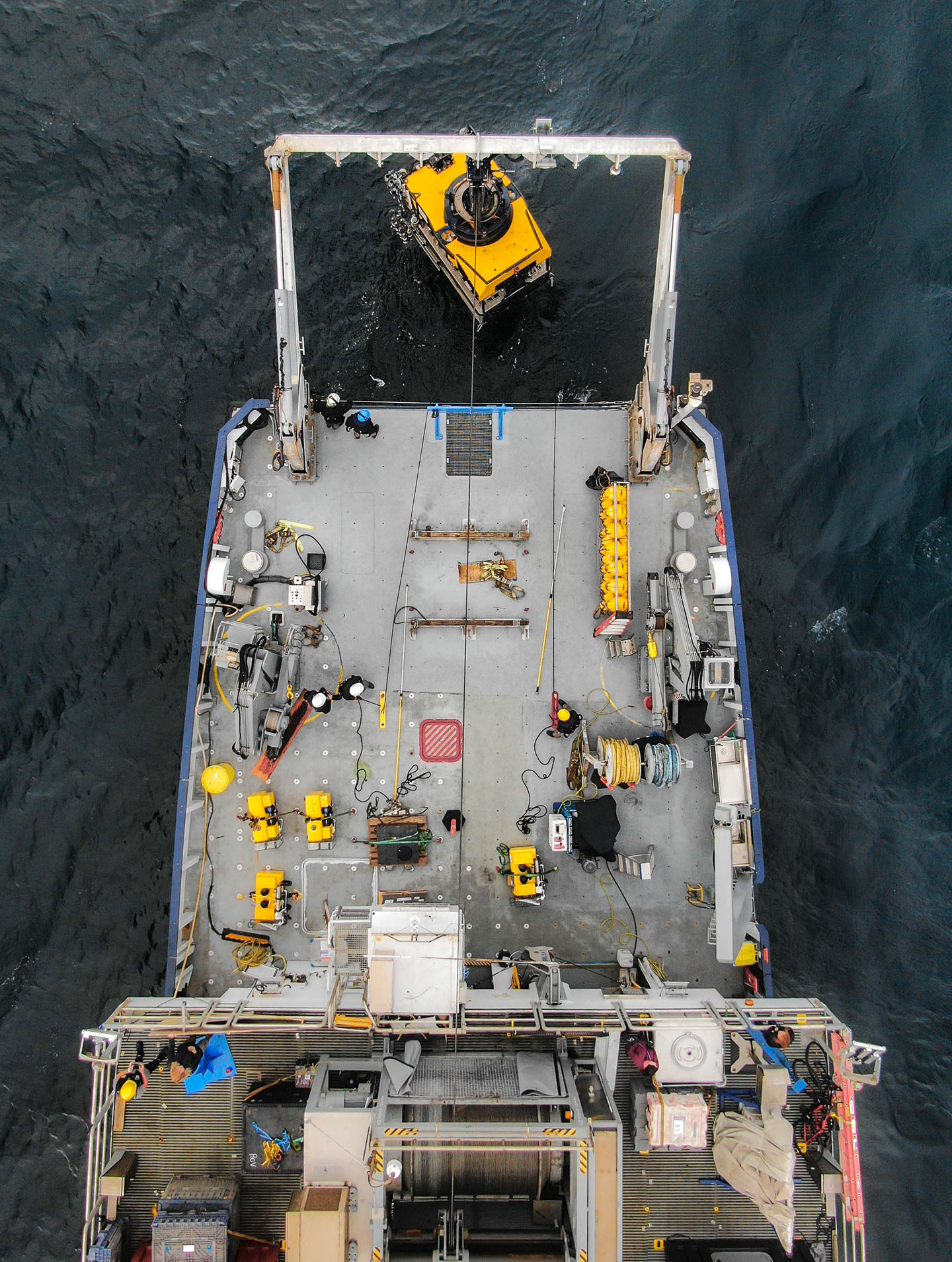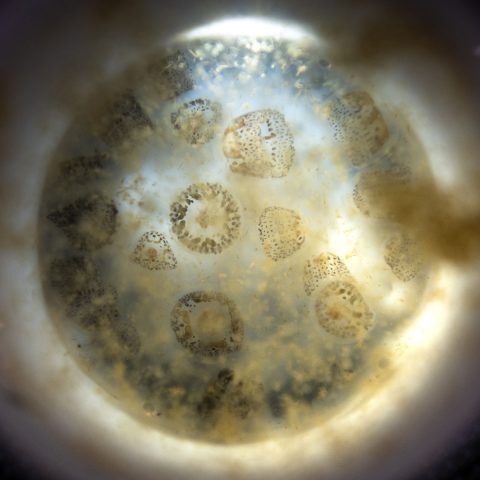Exploration and investigation filled our 11 R/V Falkor expeditions in 2019 with astounding discoveries, including landscapes of hydrothermal vent fields, new species, and important revelations about the way our ocean works. This past year, Schmidt Ocean Institute (SOI) expanded its work both in the ocean and within the community. Our efforts have focused on understanding the ocean in deep, unexplored, or vulnerable regions.
In October, SOI reached a major milestone, mapping more than one million square kilometers of ocean floor, providing maps that are open- source and available to all, as well as assisting government protection plans in regions like the Cocos Island Marine Park in Costa Rica.

SOI’s driving mission to characterize the ocean while supporting technologically advanced facilities has allowed for the development of new instruments that will expand scientists’ abilities to understand the ocean. This includes unmanned aerial vehicles with automated vertical takeoff / landing that can map the temperature and color of the ocean surface at image scales of less than ten centimeters, as well as an in-situ species sampling tool that enables rapid characterization of deep-sea organisms.
In addition to our at-sea work SOI has proudly joined several global efforts aiming to bring the ocean science community together to characterize, map, and better understand our ocean at a greater pace and scale. This includes contributing mapping data to the global Seabed 2030 initiative, of which we are a partner, and the UN Decade of Ocean Science for Sustainable Development, where SOI has engaged in early planning efforts. In November, SOI convened the first Philanthropic Oceanographic Research Vessel Operators Working Group meeting for partnership building, assembling the 11 research ship operating entities.
Most people don’t think about the bottom of the ocean. When you look at a map, the ocean is portrayed as flat blue with very few features. However, this couldn’t be further from what the ocean floor looks like. There are still so many things we do not know about the topography or the ecosystems that cover the largest part of our earth.
– Wendy Schmidt, Co-founder Schmidt Ocean Institute
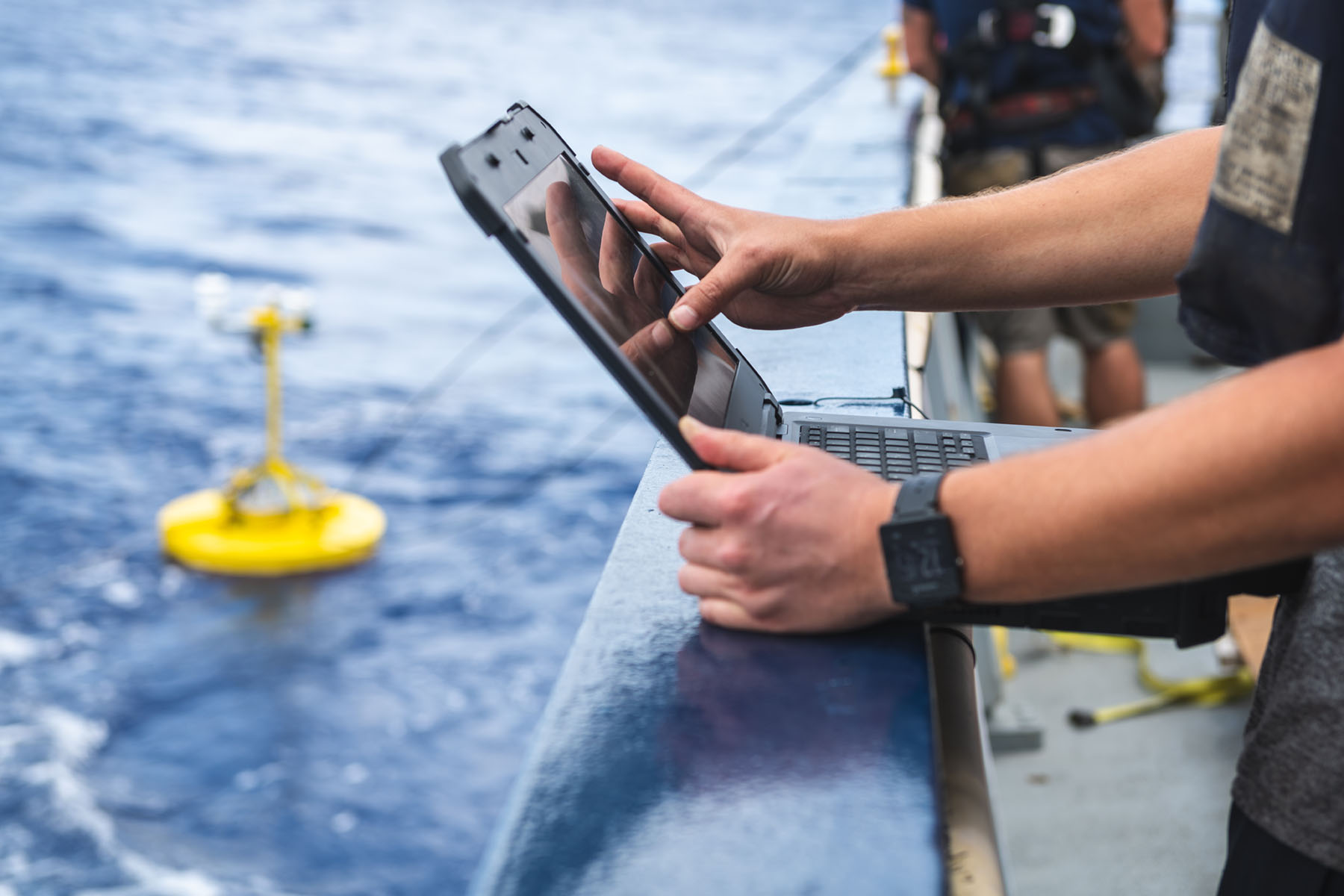
Additionally, SOI contributed to global dialogue, including a Transforming Ocean Data discussion at the Ditchley Foundation, the White House Summit on Partnerships in Ocean Science and Technology, and the decadal ocean observation planning meeting, OceanObs ’19. In a special Falkor-hosted event, we celebrated 16 successful expeditions over the last 8 years with the University of Hawaii, advancing the frontier of global ocean research.
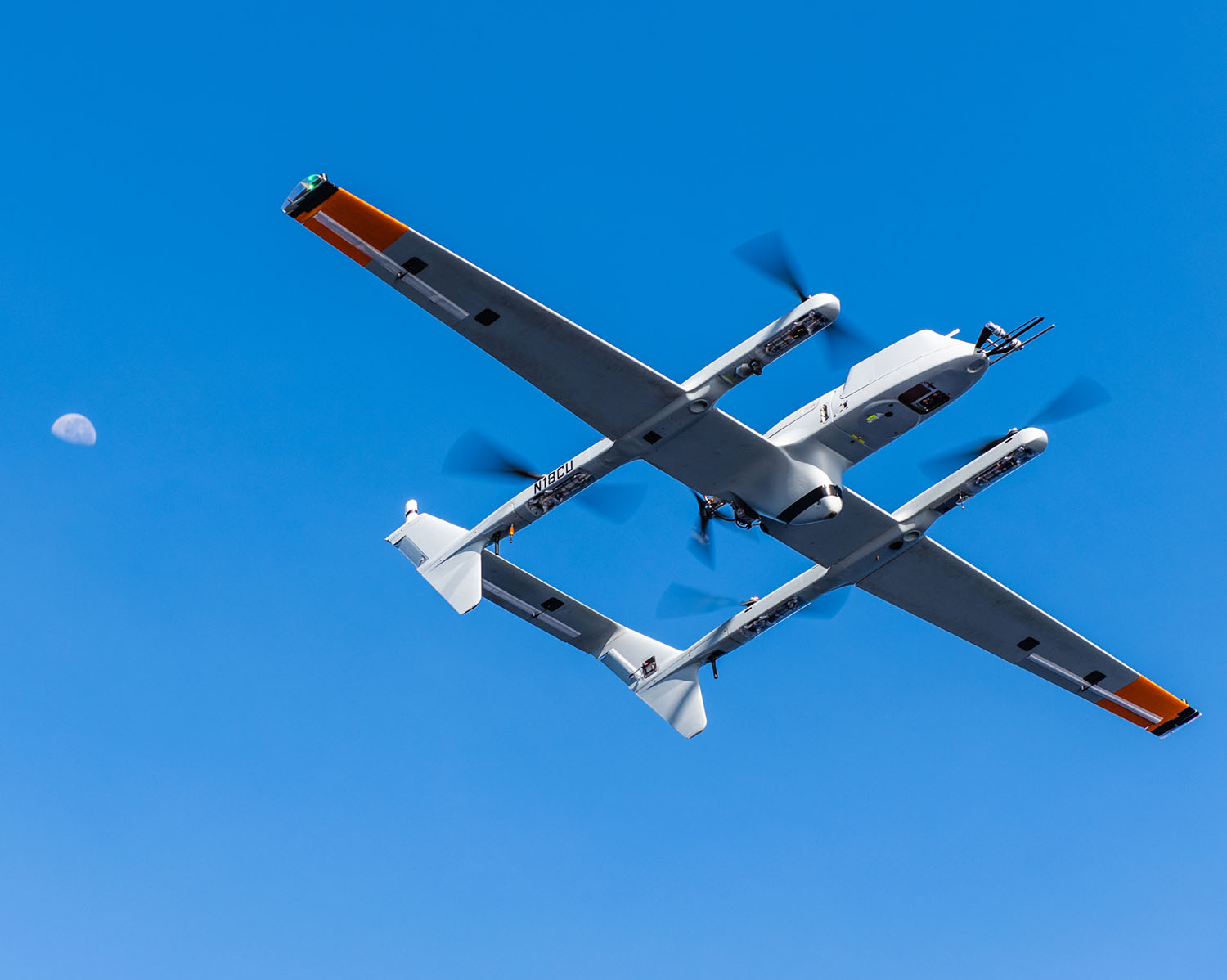
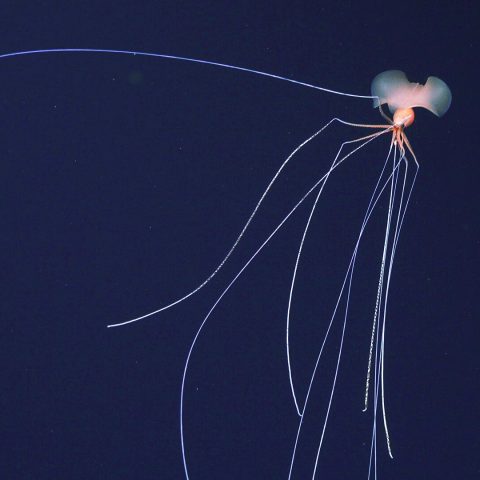
With 350 ROV SuBastian dives and 64 expeditions since 2013 SOI continues to share discoveries through live streaming, remote exchanges, student opportunities, and an artist program. These combined efforts have made SOI a globally established name that was presented the 2019 Public Awareness award by the international Marine Technology Society and has been recognized four times in the annual Marine Technology Reporter (MTR) 100. SOI co-founder Wendy Schmidt was also recognized as number one in the 2019 MTR 100 for her innovation and leadership in the ocean sciences.
As illustrated in the following pages, SOI continues to deliver on our vision for a well-characterized and understood ocean. We hope to continue inspiring and educating while supporting innovative technology development and exploring unknown realms of the ocean.
